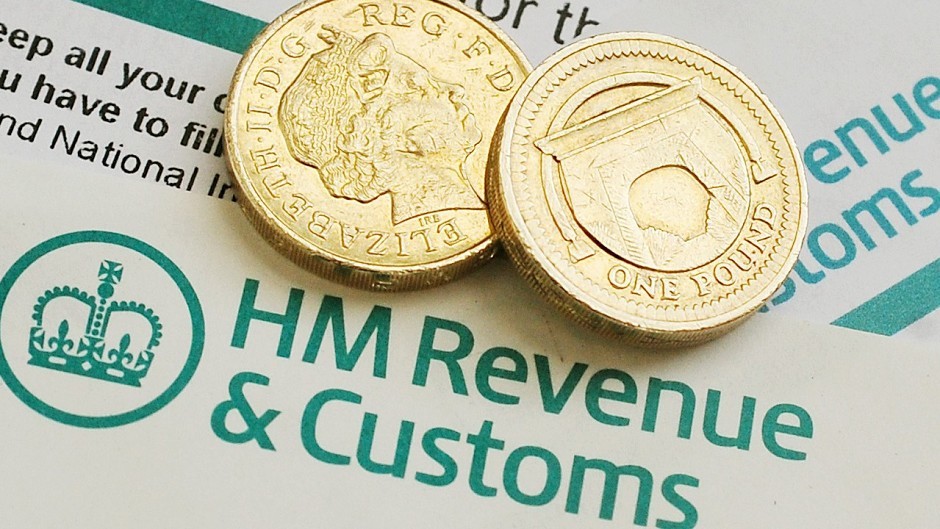From 6 April 2014, additional responsibilities have been placed on any business that uses contractors, staff from overseas companies or agency staff.
The terminology used by HM Revenue and Customs to describe these categories of people is “Onshore” or “Offshore” employment intermediaries.
The idea behind the changes is to ensure that whatever the employment structure there will generally be an entity in the UK that carries the statutory responsibility to make and account to HMRC for any PAYE tax or national insurance contributions (NIC) due.
These new PAYE and NIC requirements were introduced to prevent workers using false self employment arrangements.
The legislation applies to any business that provides workers to an end client whether engaging directly with the individual, through the worker’s own limited company or other structures such as umbrella companies.
Potentially, all parties involved in the contractual chain need to consider: due diligence to confirm who has the PAYE responsibility and that it is being fulfilled; the commercial impact through costs being passed on; any relevant contract amendments; and for internationally mobile workers, whether they may remain tax resident in the UK.
The offshore employment intermediary rules focus on circumstances where the ultimate employer of the worker is outside of the UK (however far down the chain that employer may be).
These new PAYE rules target UK entities against which HMRC can pursue the appropriate PAYE and NIC liabilities.
Where the work is conducted within UK territorial limits, any UK intermediary company or agency facilitating the provision of the work to an end user client is made responsible for PAYE.
Where there is no UK agency or intermediary involved, the PAYE compliance obligations fall on any UK-based end client.
Special rules apply in relation to the oil and gas industry where the work is carried out on the UK continental shelf.
The PAYE responsibility rests with any associated company of the offshore employer or failing that with the oil field licensee, unless the offshore employer operates PAYE and has arranged for HMRC to issue a certificate exempting the licensee from this obligation.
If HMRC ask, any business will need to prove why any “off payroll” worker was not treated as an employee under either of the above sets of rules.
It will be prudent to ensure you have robust arrangements in place to deal with any impact this new legislation may have on your business.
